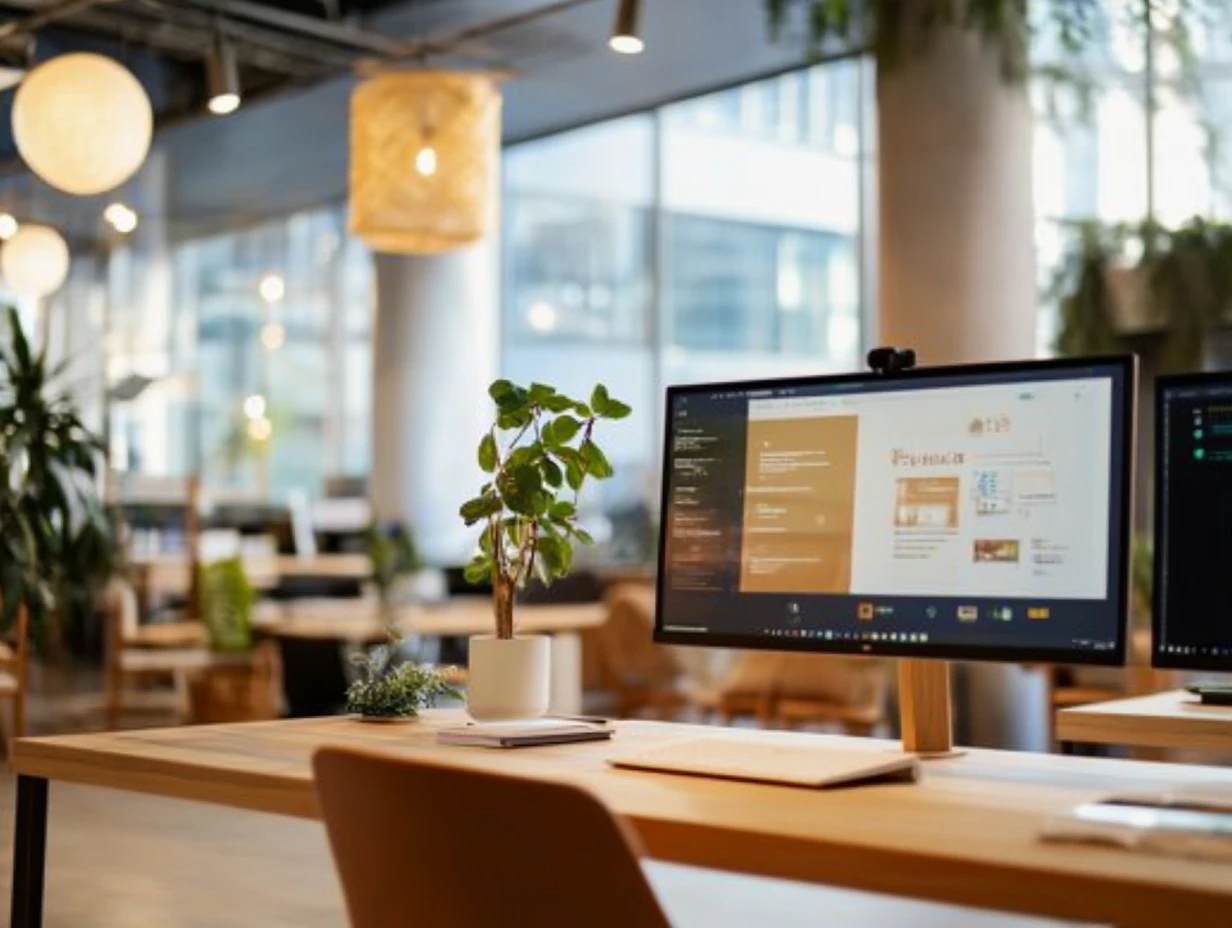Website Localisation: Reach More People Across the World
Website localisation is the process of adapting your website to speak to a specific local audience or target language group. This can involve translating the website’s content into a different language, as well as adapting the website to better match the local culture. In this article, we’ll explore the importance of website localisation and look at the key parts of a project to ensure that your localised website effectively connects with your target audience.
The Importance of Website Localisation
In today’s globalised world where everything can be reached online, it’s more common for businesses to operate in multiple countries and regions. This presents a growing need for people to understand each other better—not just through language but also through cultural understanding. We may even speak variations of the same language, but still experience very different lives. It is important for businesses to have a website that can speak to a global audience . A website that is not localised may deter potential customers in other countries, as it may not be accessible or relevant to them.Localising a website can help businesses tap into new markets and expand their reach. It can also help businesses better serve their existing customers in other countries by providing them with a website that they can easily access and understand.Additionally, website localisation can help businesses establish trust and credibility with their international customers. Customers are more likely to trust a business that takes the time to speak to them in their own language and understand their local customs and expectations.
The Process of Localising a Website
So, how does one go about localising a website? It is not a simple project and will require some significant changes to your existing website both in terms of content and technology.
In this article we are just looking at some key steps involved in a website localisation project.
Identify Your Target Audience
The first step in localising a website is to identify the countries and regions where you want to reach customers. These may be in global markets, or new language groups within existing markets.
Making a list of who your website could reach will help you determine which languages you need to translate your website into and what cultural differences you need to understand.
Translate the Content
Once you’ve identified your target audience, you can start thinking about how your content will work in different languages. You need to consider what to change, what to remove, and what additional content to create in the target language.
Some content that you may not realise also needs translating includes your targeted keywords. These will change as you attempt to attract business in global markets, so ensure that you speak with an SEO professional who understands how to prepare your website for international search engines.
Human expertise is an important part of the process here. It’s important to get advice from professional translators who are native speakers of the target language, as this will help ensure that the translation is accurate and reads naturally.
Make Changes to Your Designs
In addition to translating the content of your website, it’s also important to adapt to local cultural norms and expectations. This may involve making changes to the layout and design of your website, as well as the tone and style of your content.
Colours and imagery can have very different meanings in other cultures and need to be reviewed. Run your video content past native speakers to ensure that the visual message is the same, and don’t forget to add dubbing and subtitling so it is understandable to all audiences.
Localised Website Testing
Once you’ve localised your website, it’s important to test it to ensure that it’s functioning properly and delivering a good user experience. User experience plays a large part in how you rank within the search engines, so your website needs to be accessible, fast, and easy to use.
This may involve testing the website on different devices and browsers, as well as asking native speakers to review the experience and give feedback before you launch to a wider audience.
Website Localisation is an Ongoing Process
Cultures and languages are always developing and changing—and so should your global website. Website development and international SEO are never a one-and-done project. You will need to keep reviewing and adapting all versions of your site throughout its lifetime.
2025 Trends in Website Localisation
As technology, regulation, and user expectations evolve, so too must your localisation strategy. In 2025, it’s no longer just about translating content—it’s about delivering a seamless, inclusive, and locally relevant experience. Here's what’s shaping the future of website localisation:
1. AI-Powered Localisation Workflows
The use of AI in localisation has accelerated. From automated translation suggestions to AI-assisted quality assurance, these tools streamline time-consuming processes—freeing up your team to focus on higher-value tasks like UX and cultural nuance.
2. Accessibility becomes a global standard
With the European Accessibility Act (EAA) taking effect in 2025, businesses operating in the EU must now ensure that their websites are accessible to people with disabilities across all languages. This means considering everything from screen reader compatibility in translated pages to subtitling and voiceover for multimedia content.
3. Local SEO is more strategic than ever
Search engines continue to prioritize local relevance. Multilingual SEO now includes local keyword research, implementation, country-specific domain strategies, and localised structured data—all essential for discoverability in regional markets.
4. Voice and video localisation on the rise
As video consumption grows globally, localising multimedia content is essential. Voiceover localisation, subtitling, and even AI-powered dubbing are now standard practices for companies looking to scale engagement in global markets.
5. Hyper-personalised local experiences
Users expect experiences tailored to their location, language, and preferences. Using geolocation, dynamic content delivery, and behavioural insights, businesses are now offering localised experiences that go beyond language—creating stronger emotional connections with their audiences.
Why 2025 is a pivotal year for localisation
Three key reasons why 2025 marks a turning point:
New Legal Standards – The EAA introduces binding accessibility obligations across industries including ecommerce, finance, and travel.
AI as a Localisation Enabler – GenAI tools have become viable even for SMEs, opening up high-quality localisation to a wider market.
Smarter Growth Strategies – In an uncertain economic climate, localisation is being prioritised as a cost-effective growth driver with measurable ROI.
Next Steps
If you’re planning to expand or update your digital presence in 2025, now is the time to revisit your localisation strategy. From AI-powered workflows to multimedia localisation, we’re here to help you stay ahead.



